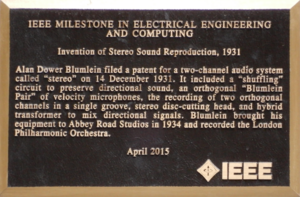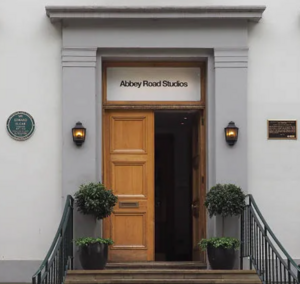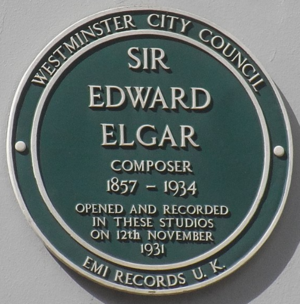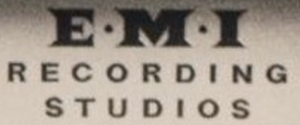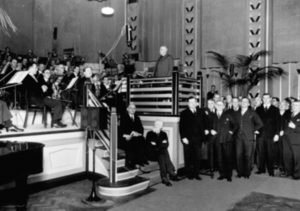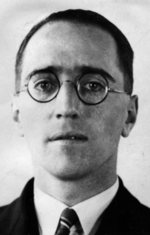Milestones:Invention of Stereo Sound Reproduction, 1931
- Date Dedicated
- 2015/04/01
- Dedication #
- 154
- Location
- London, UK
- IEEE Regions
- 8
- IEEE sections
- United Kingdom and Ireland
- Achievement date range
- 1931
Title
Invention of Stereo Sound Reproduction, 1931
Citation
Alan Dower Blumlein filed a patent for a two-channel audio system called “stereo” on 14 December 1931. It included a "shuffling" circuit to preserve directional sound, an orthogonal “Blumlein Pair” of velocity microphones, the recording of two orthogonal channels in a single groove, stereo disc-cutting head, and hybrid transformer to mix directional signals. Blumlein brought his equipment to Abbey Road Studios in 1934 and recorded the London Philharmonic Orchestra.
Street address(es) and GPS coordinates of the Milestone Plaque Sites
Abbey Road Studios: 3 Abbey Road, London NW8 9AY UK (GPS: 51.5321445, -0.1779186)
Details of the physical location of the plaque
- To the right of the entryway: IEEE plaque
- To the left of the entryway: Westminster green plaque honoring Sir Edward Elgar's inaugural recording on November 12th 1931
- Established in 1931 as EMI Recording Studios; later renamed Abbey Road Studios
- The site of Alan Blumlein's January 19th 1934 stereophonic recording of Mozart's Jupiter Symphony by the London Philharmonic Orchestra as conducted by Sir Thomas Beecham
How the plaque site is protected/secured
A fence controls access to the building, but the plaque can be seen from the street 24/7
Historical significance of the work
The historical significance of this work is that Alan Blumlein developed a single track, 2 channel recording system. Although he used the available methods of Hill and Dale & Lateral Cutting to achieve groves at 90 degrees to each other, he specified that 45/ 45 cutting system would have significant advantages. Within his patent, he went into great detail about the technology involved with the problems associated with sound reproduction and interpretation by the human brain.
Here are links to articles on the dedication of the IEEE Milestone
http://eandt.theiet.org/news/2015/apr/alan-blumlein-plaque.cfm
http://www.cnet.com/uk/news/meet-alan-blumlein-the-man-who-invented-stereo/
http://motherboard.vice.com/en_uk/read/the-man-who-invented-stereo
Features that set this work apart from similar achievements
Single grove two channel recording method
Future development in the use of sound recording and reproduction for film was also covered in the patent.
Significant references
(2) ETHW Article - http://ethw.org/Alan_Dower_Blumlein
(3)The Inventor of Stereo: The Life and Works of Alan Dower Blumlein By Robert Charles Alexander. Focal Press, 1999. ISBN 0-240-51628-1
(4)The Life and Times of A. D. Blumlein Rusell Burns. IEE History of Technology Series, 2000 ISSN 0953-5683
(5) Alan Dower Blumlein Wikipedia - http://en.wikipedia.org/wiki/Alan_Blumlein
(6) EMI Archive Trust - Alan Blumlein and the Invention of Stereo http://www.emiarchivetrust.org/alan-blumlein-and-the-invention-of-stereo/
(7) The New Stereo Sound Book Everest and Streicher TAB Books (reprints Blumlein's patent #394,325 with comments)
Supporting materials
See above
Map
